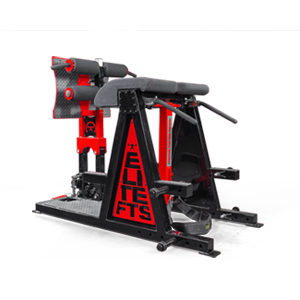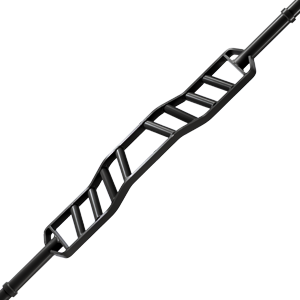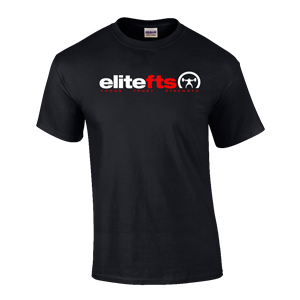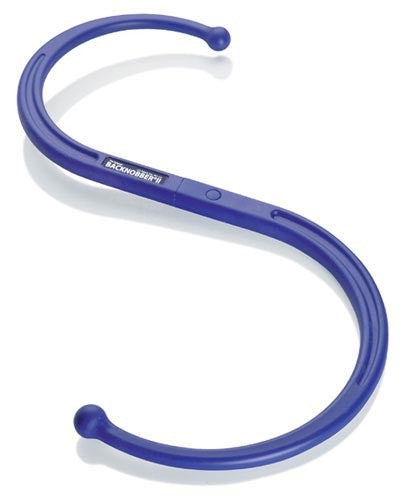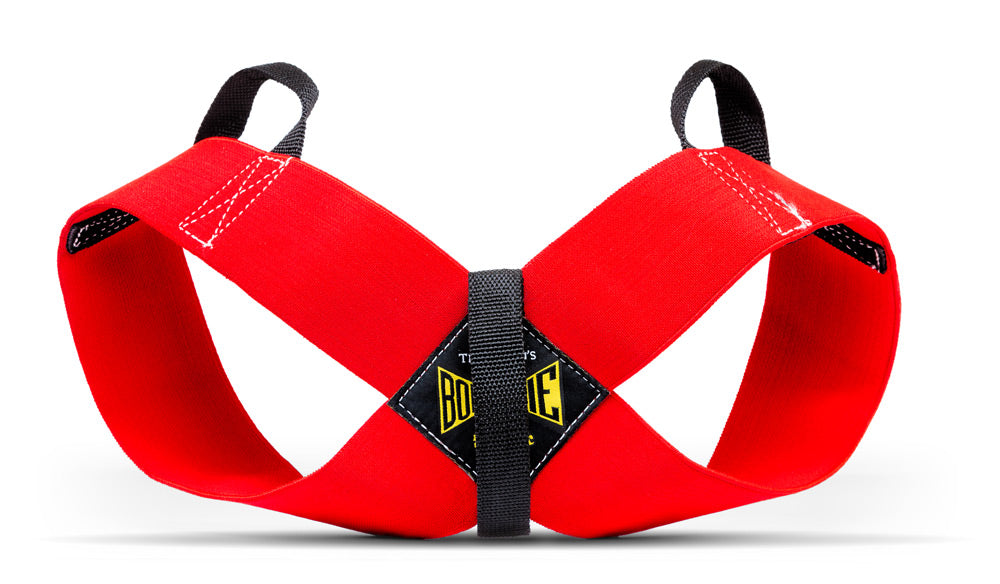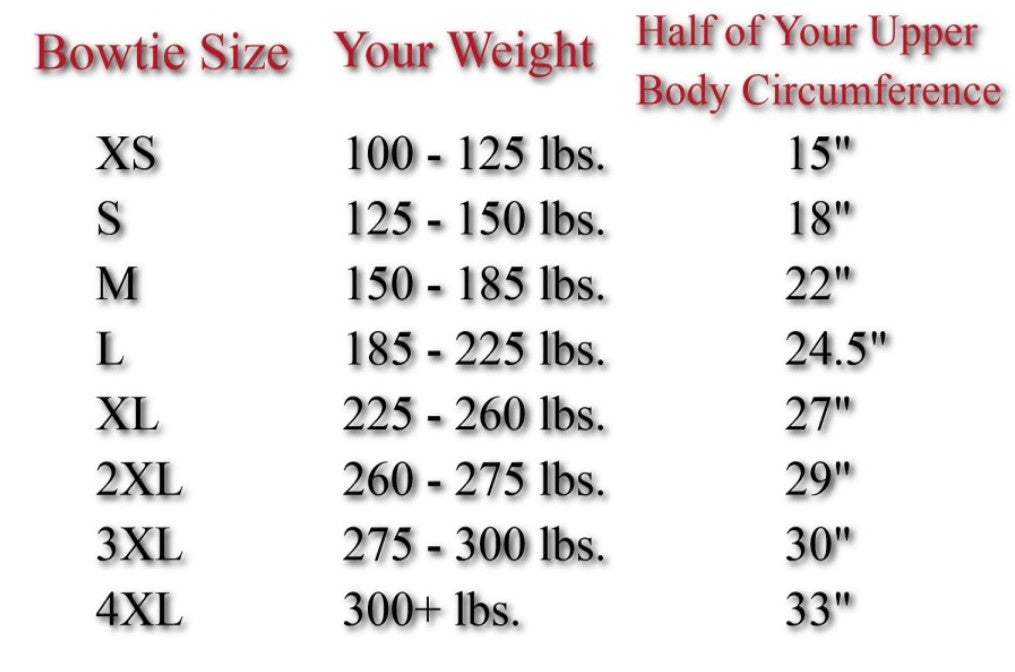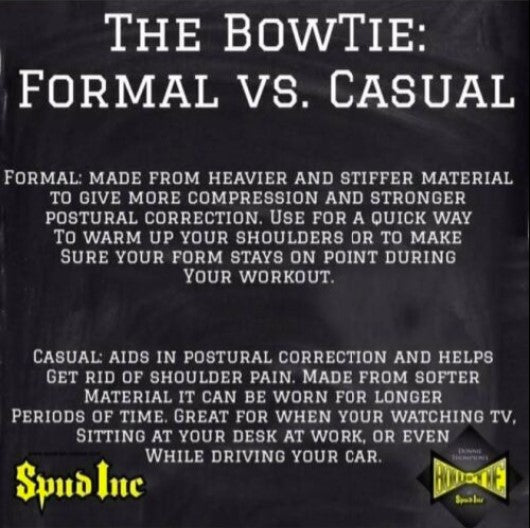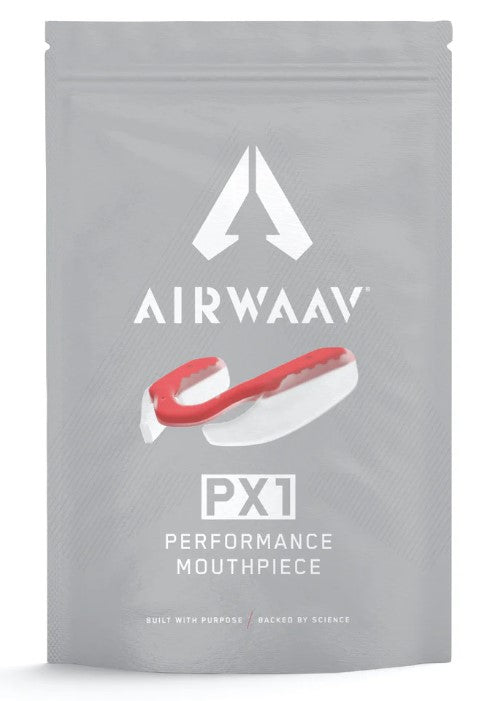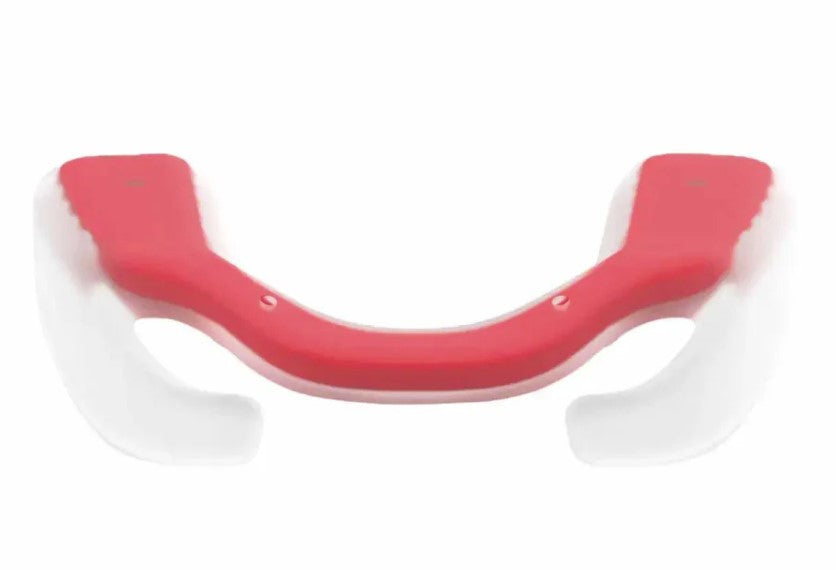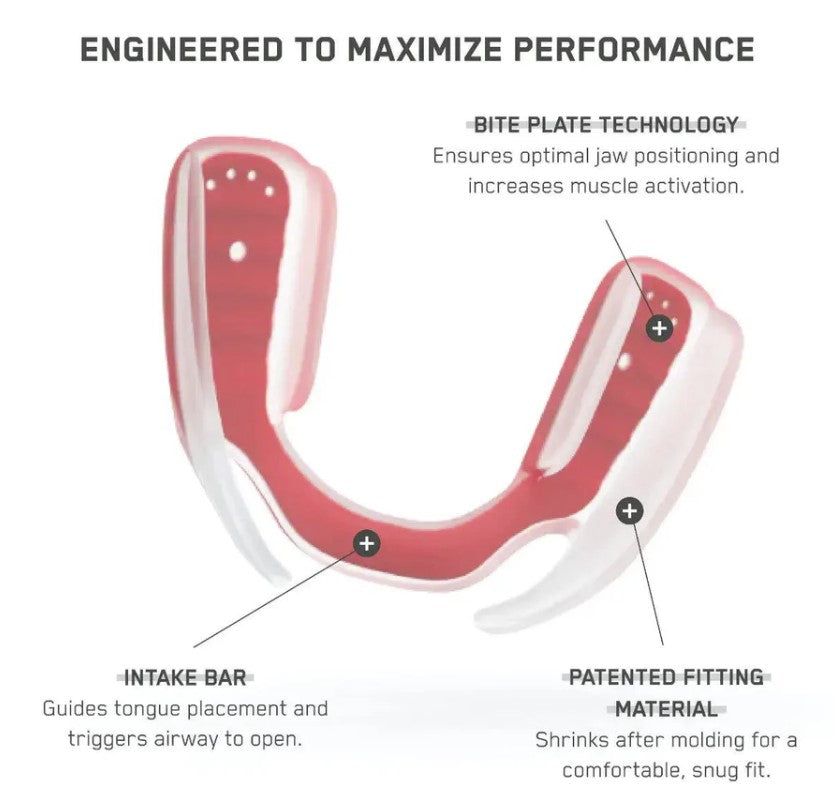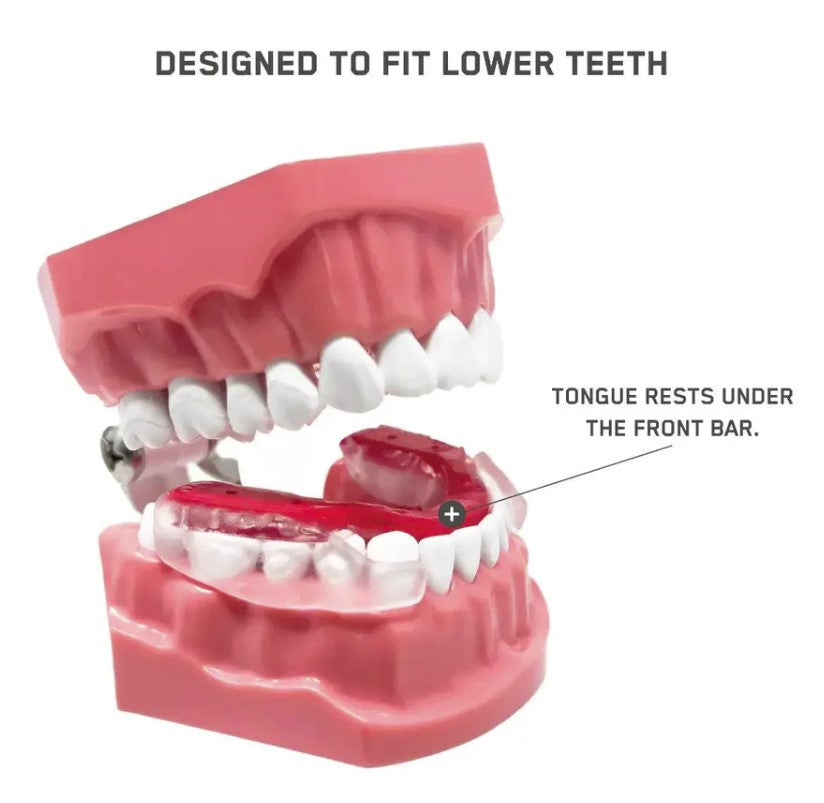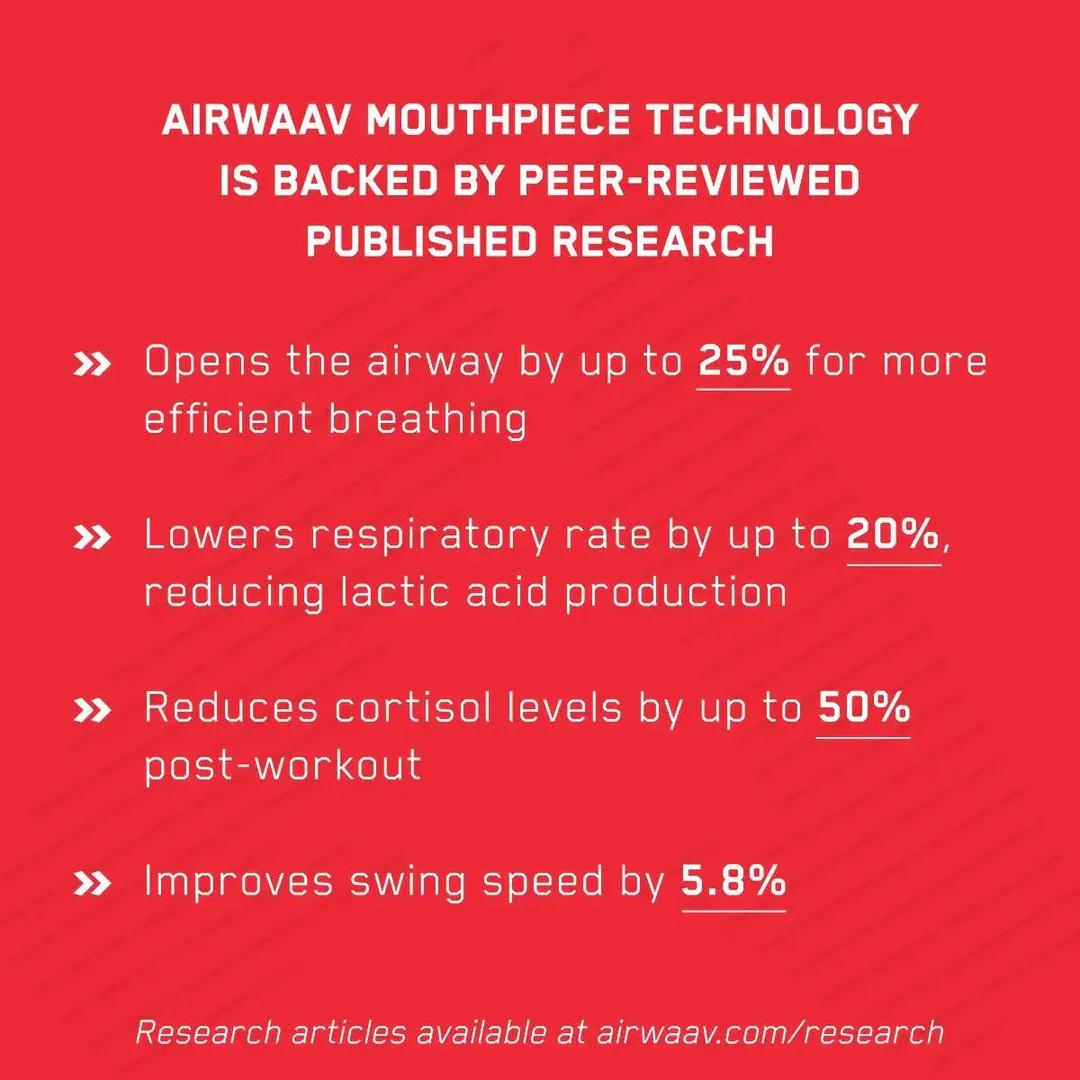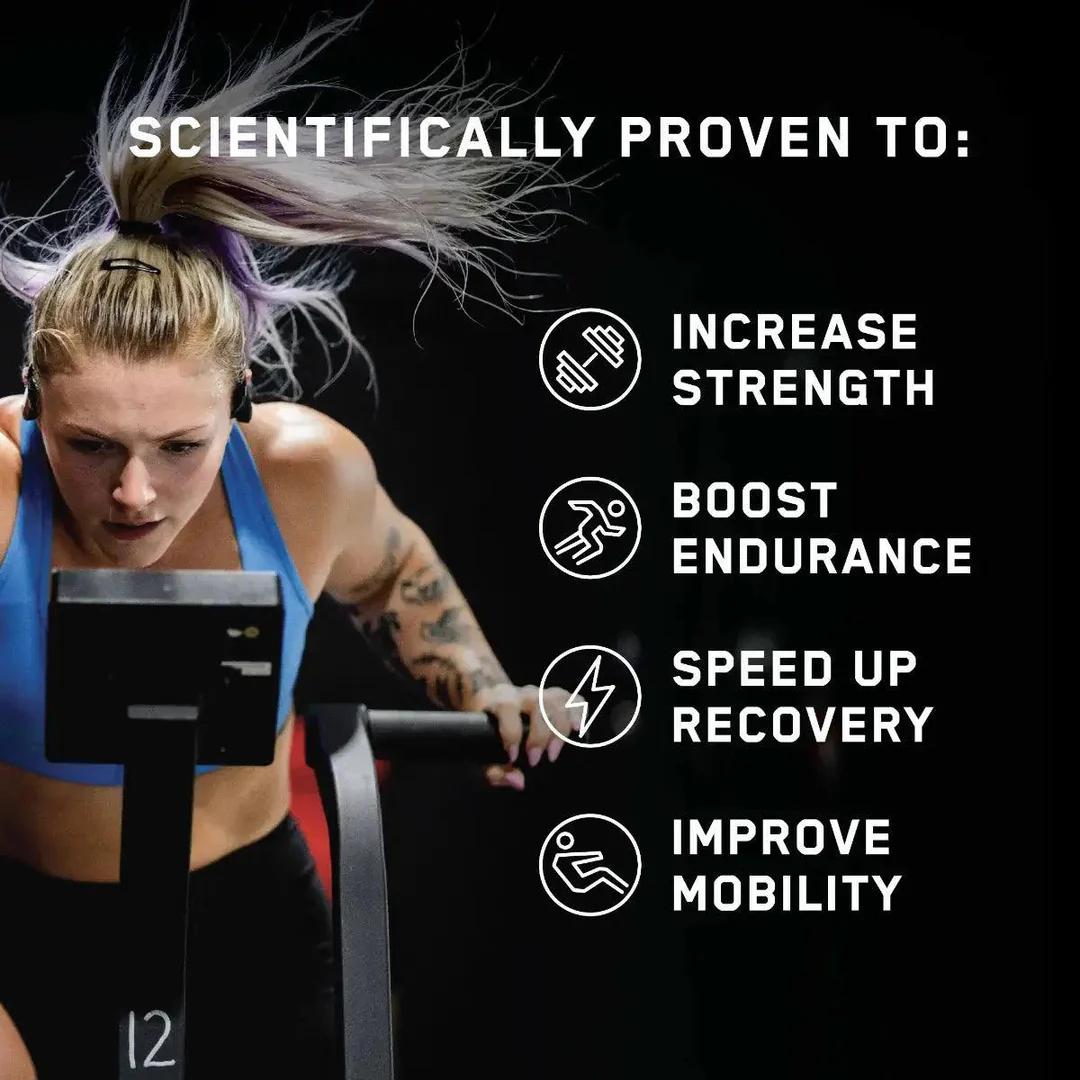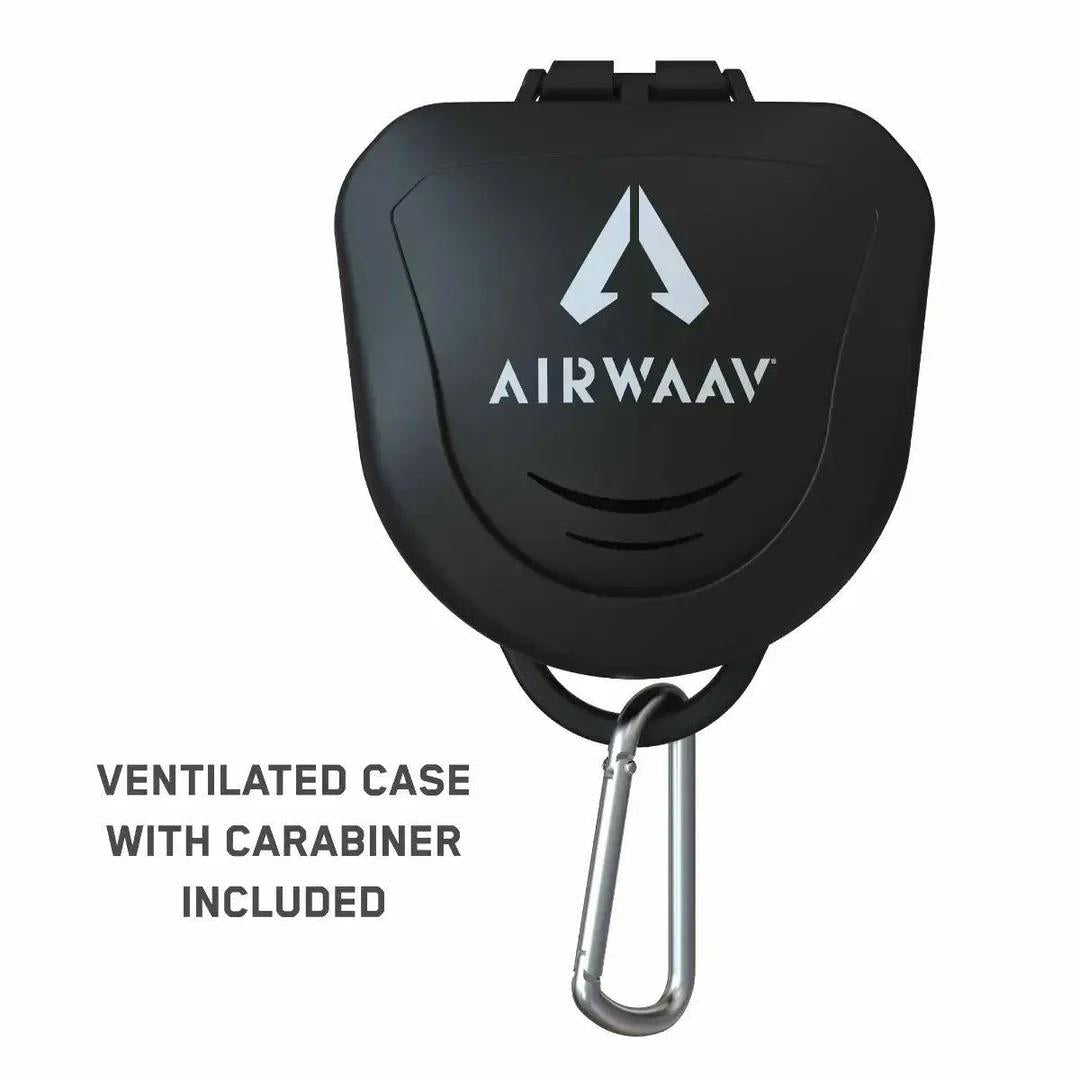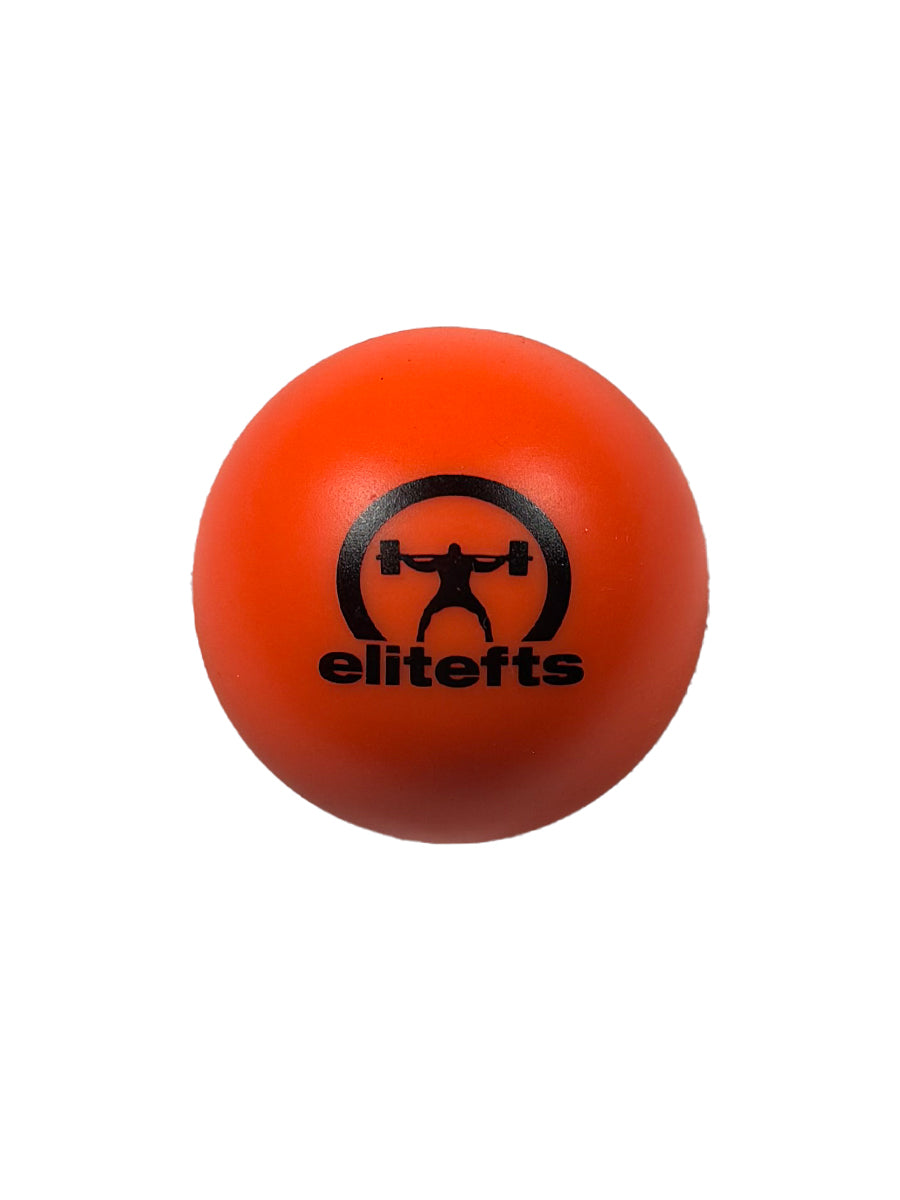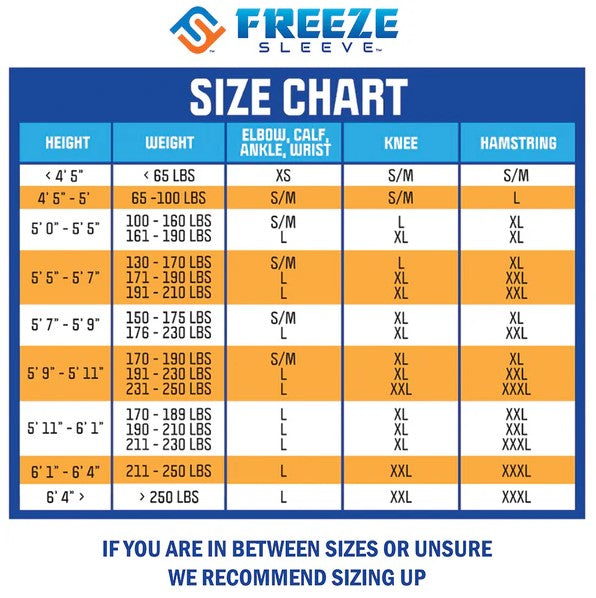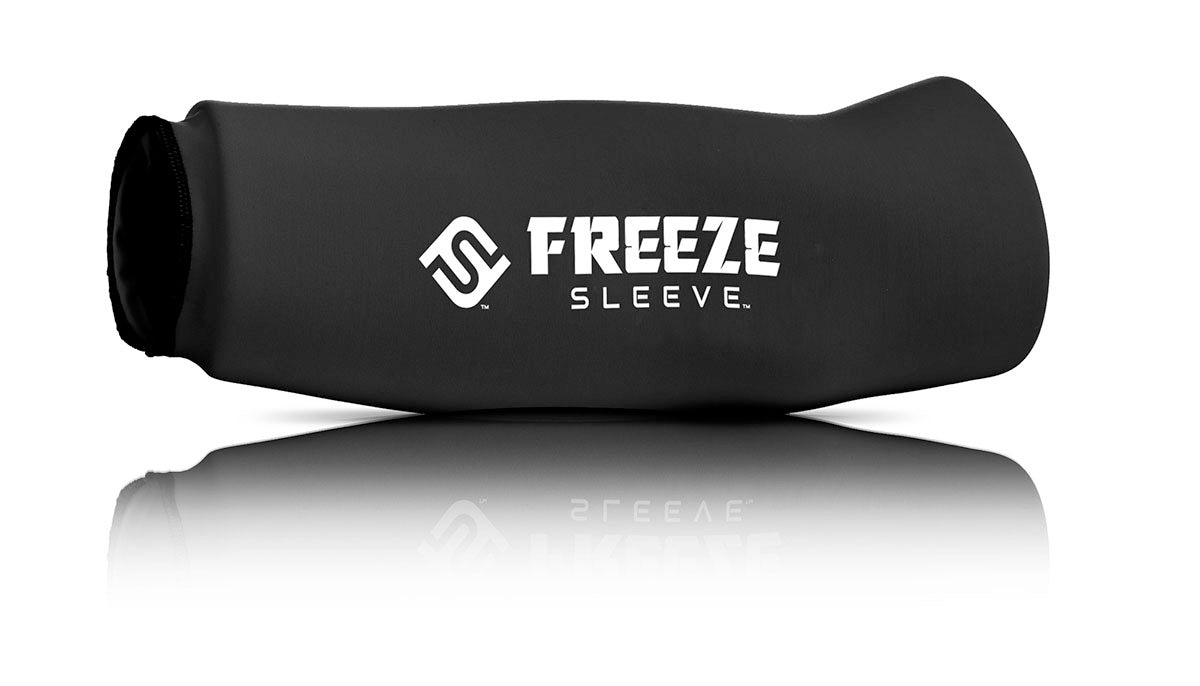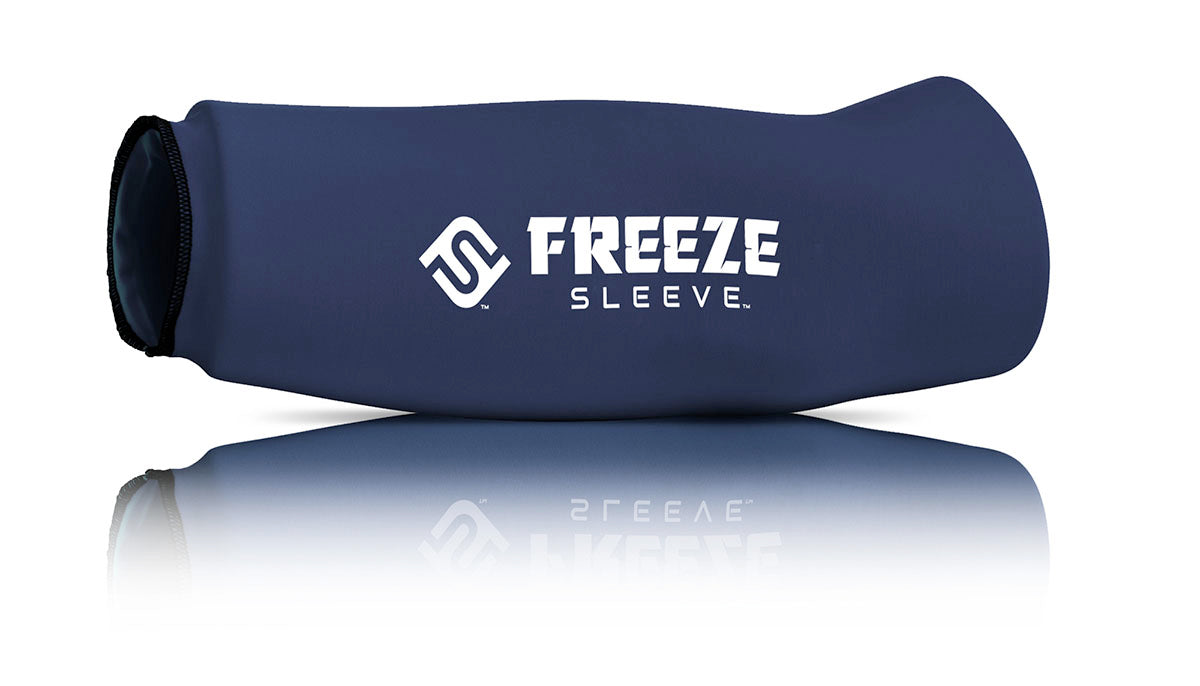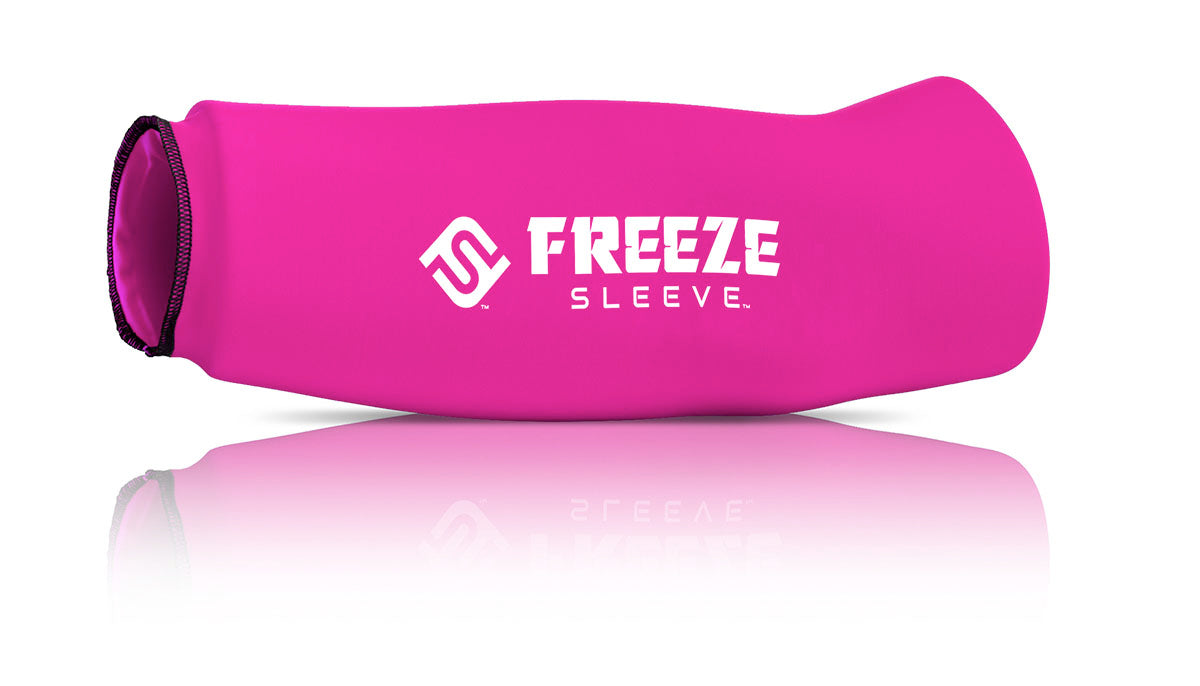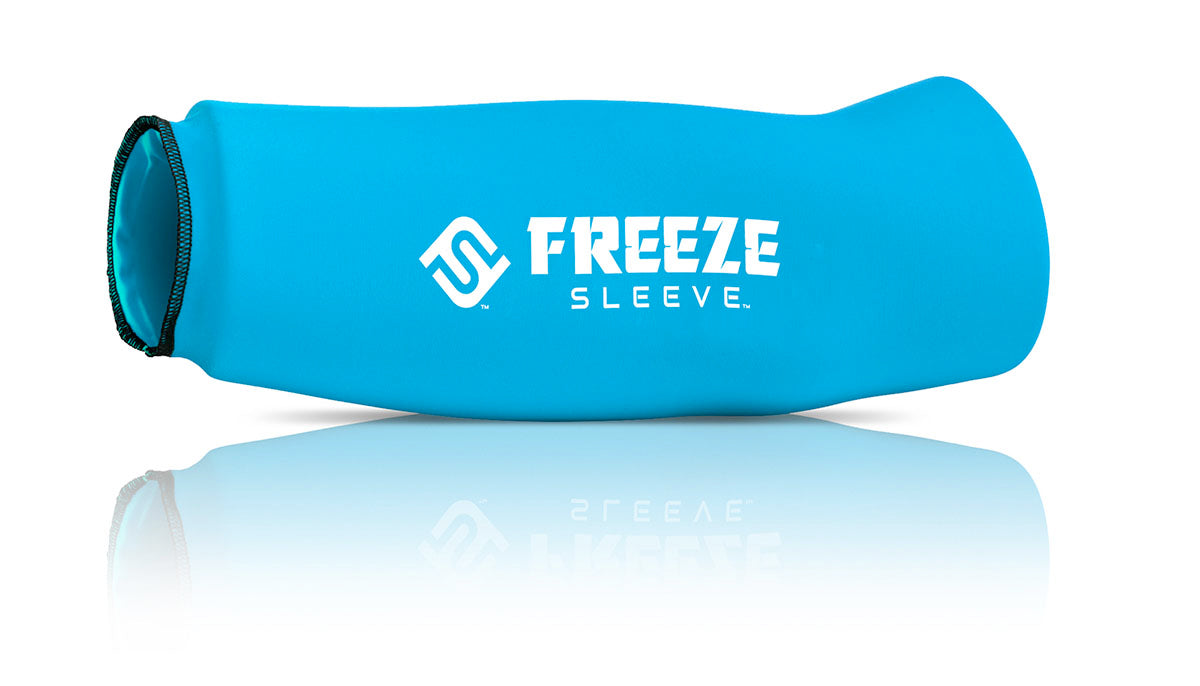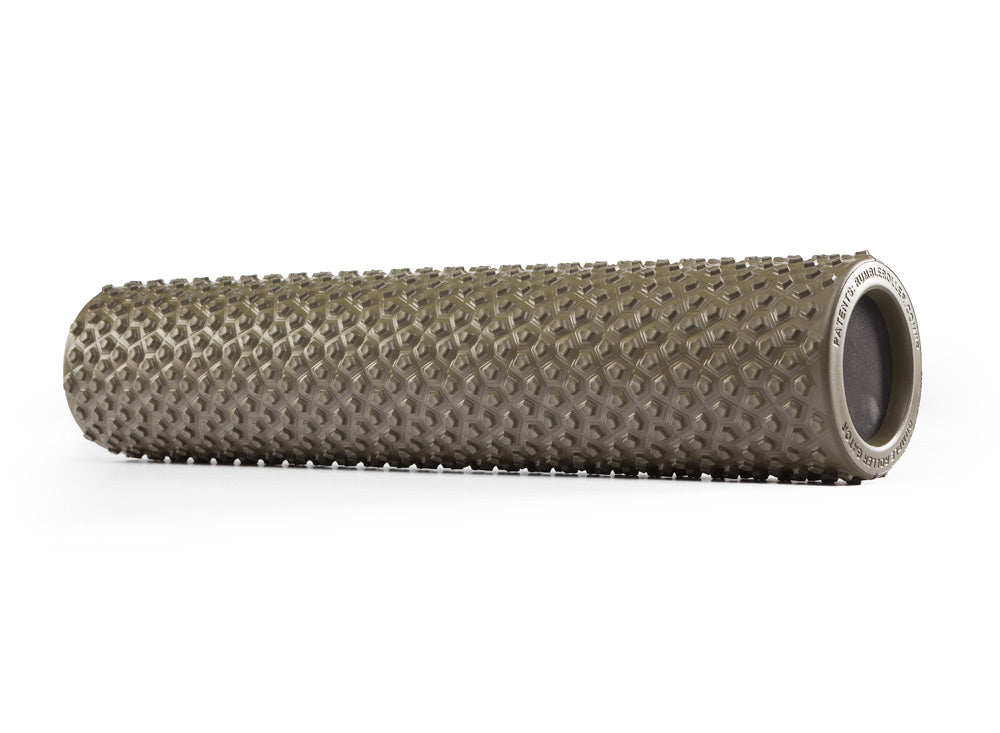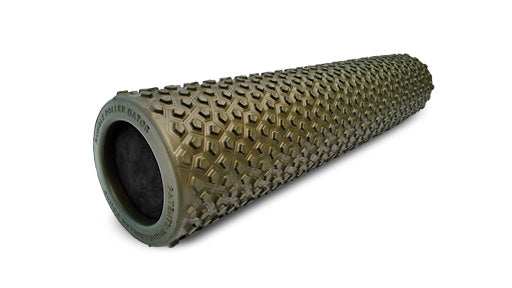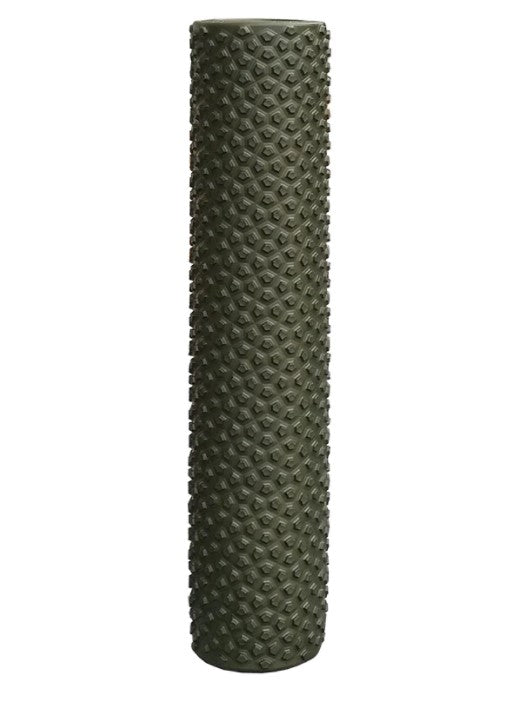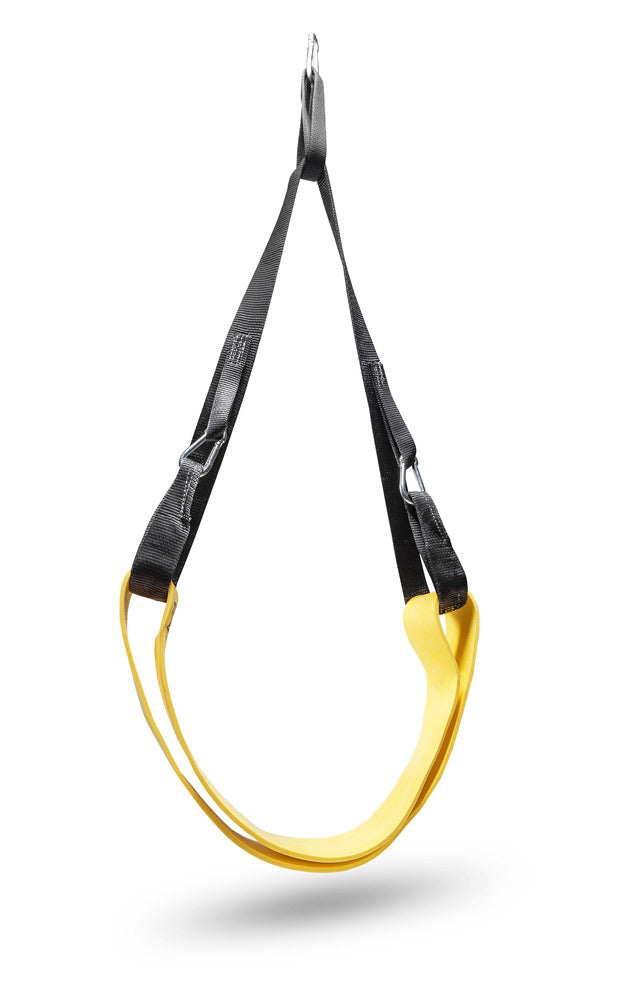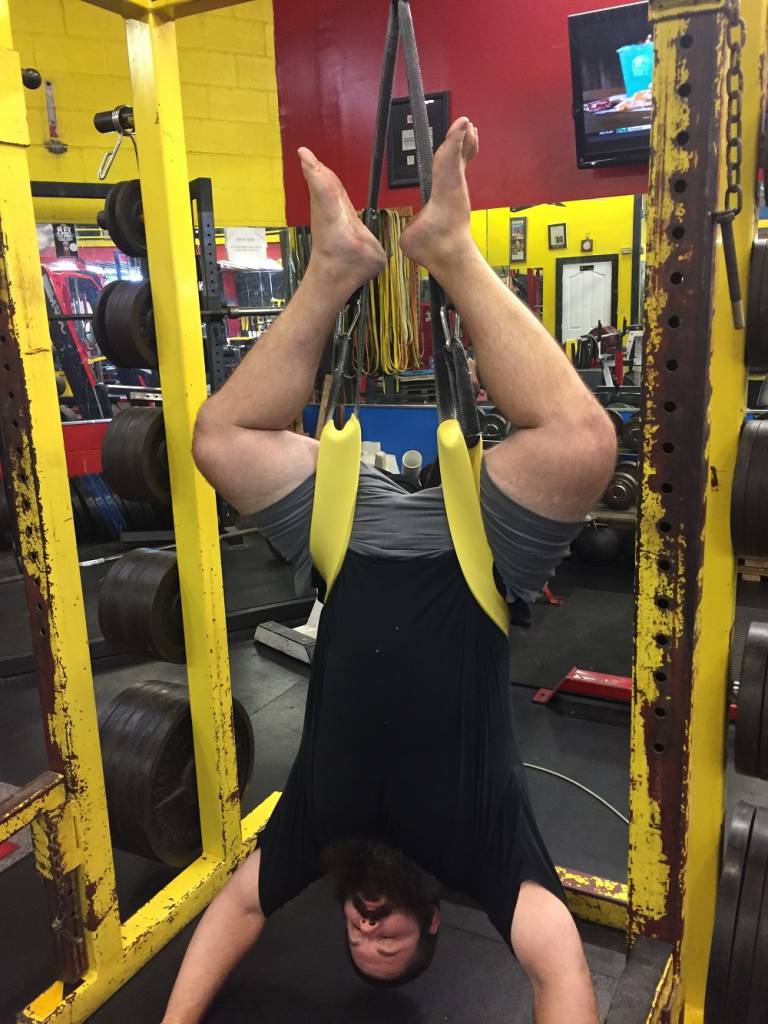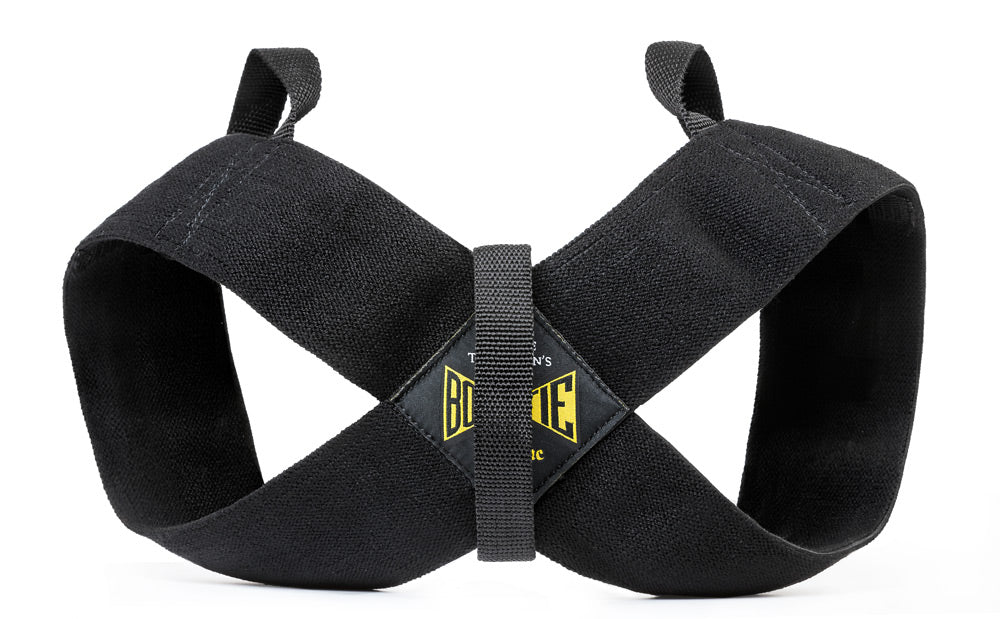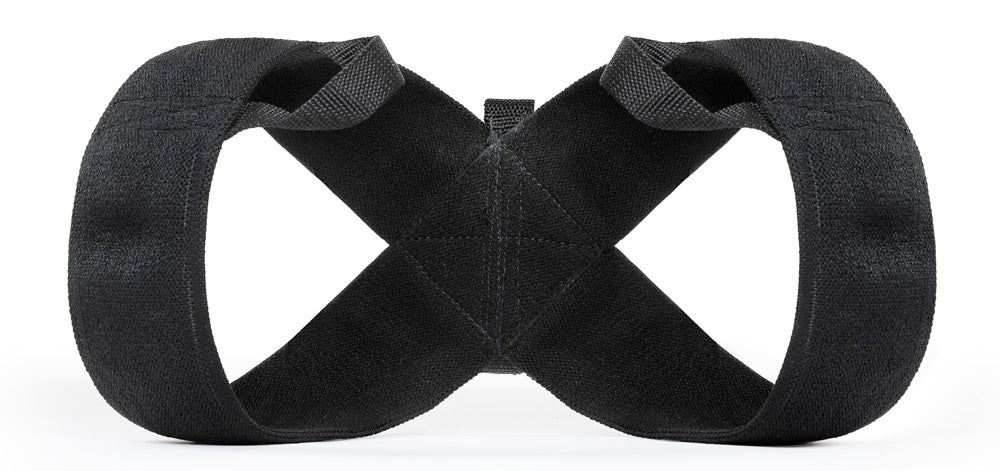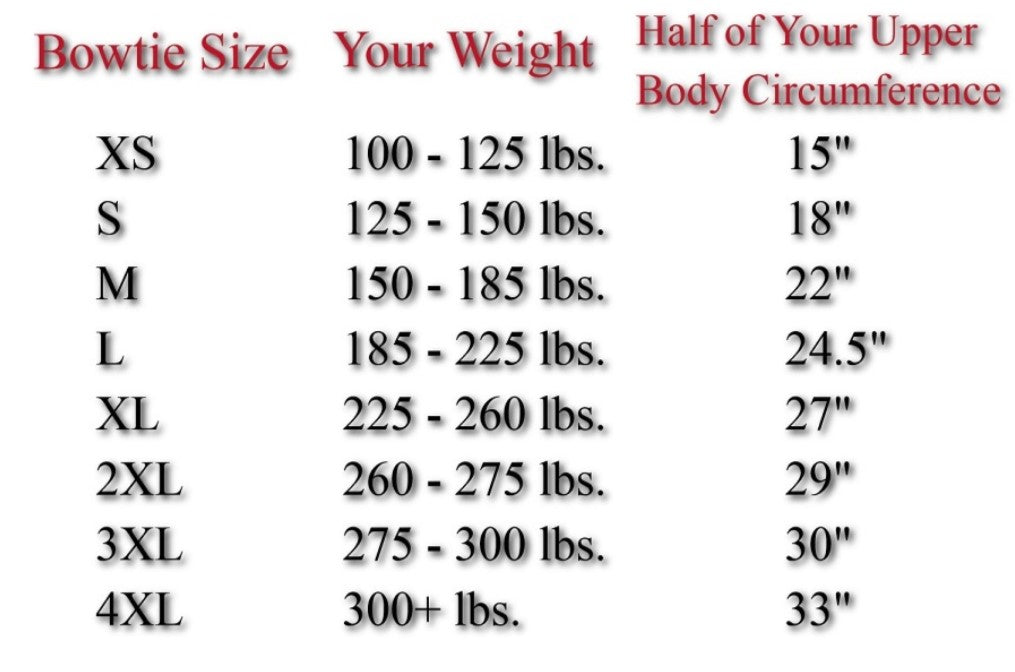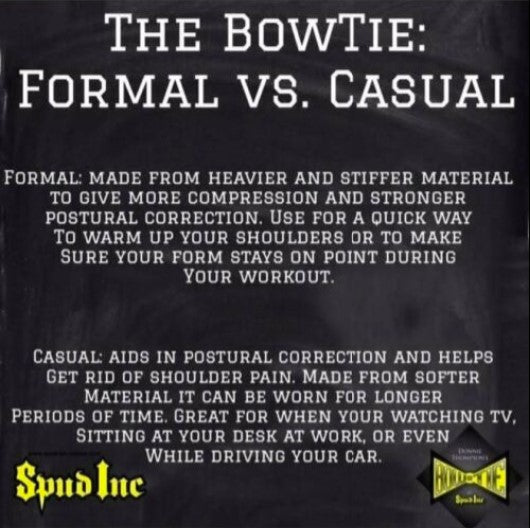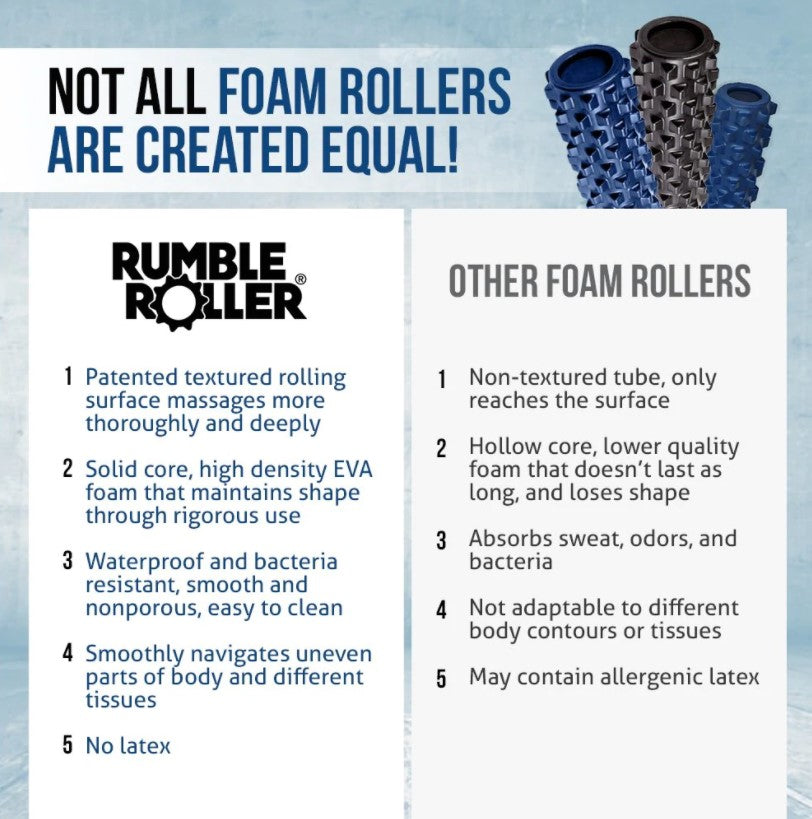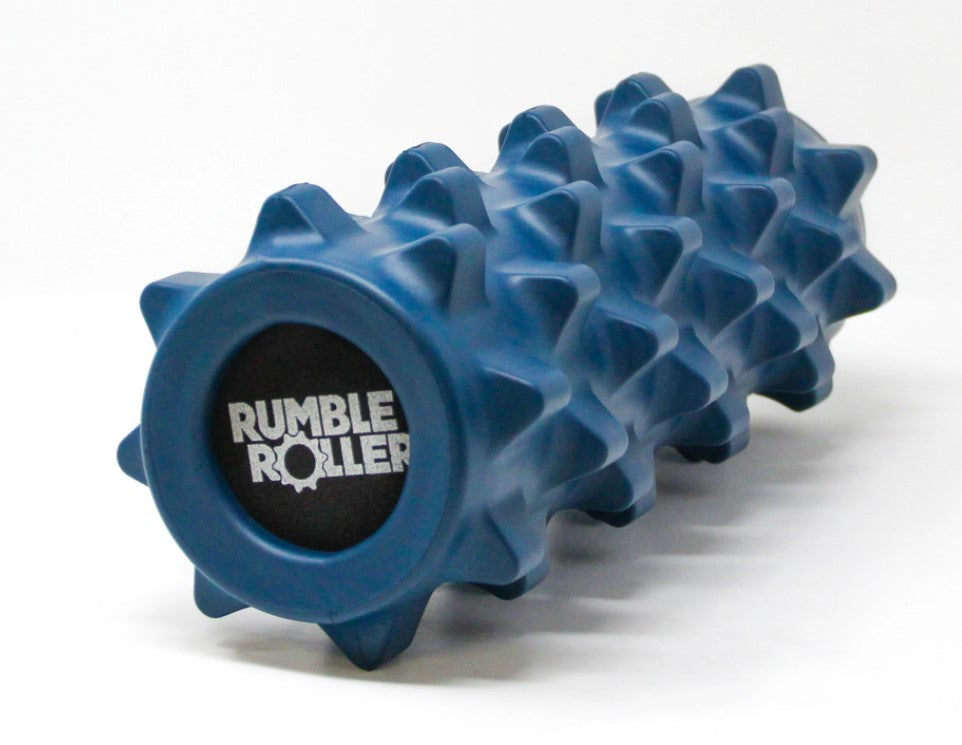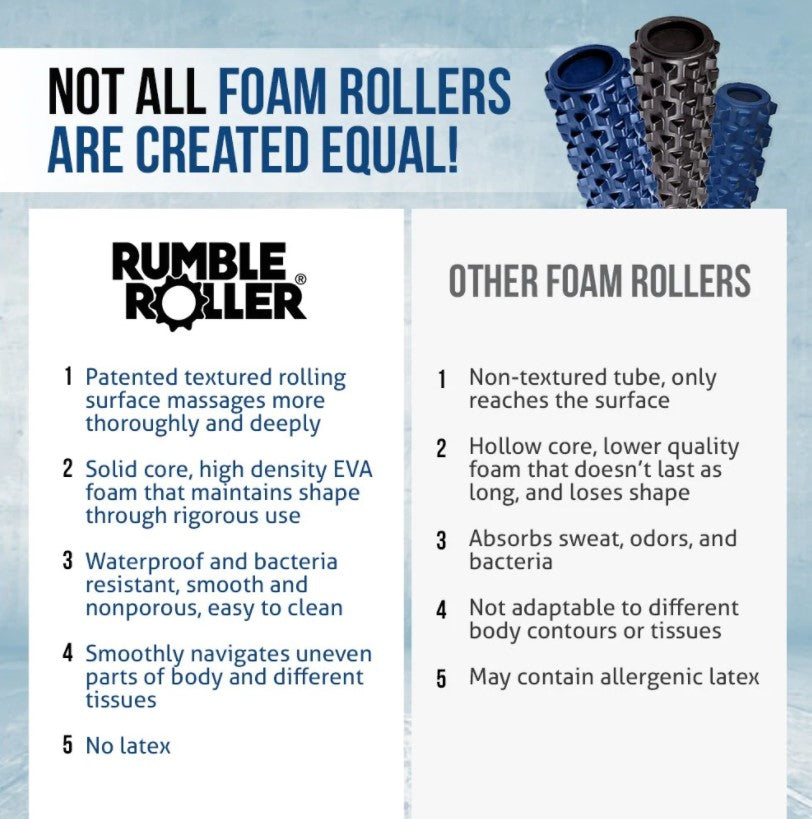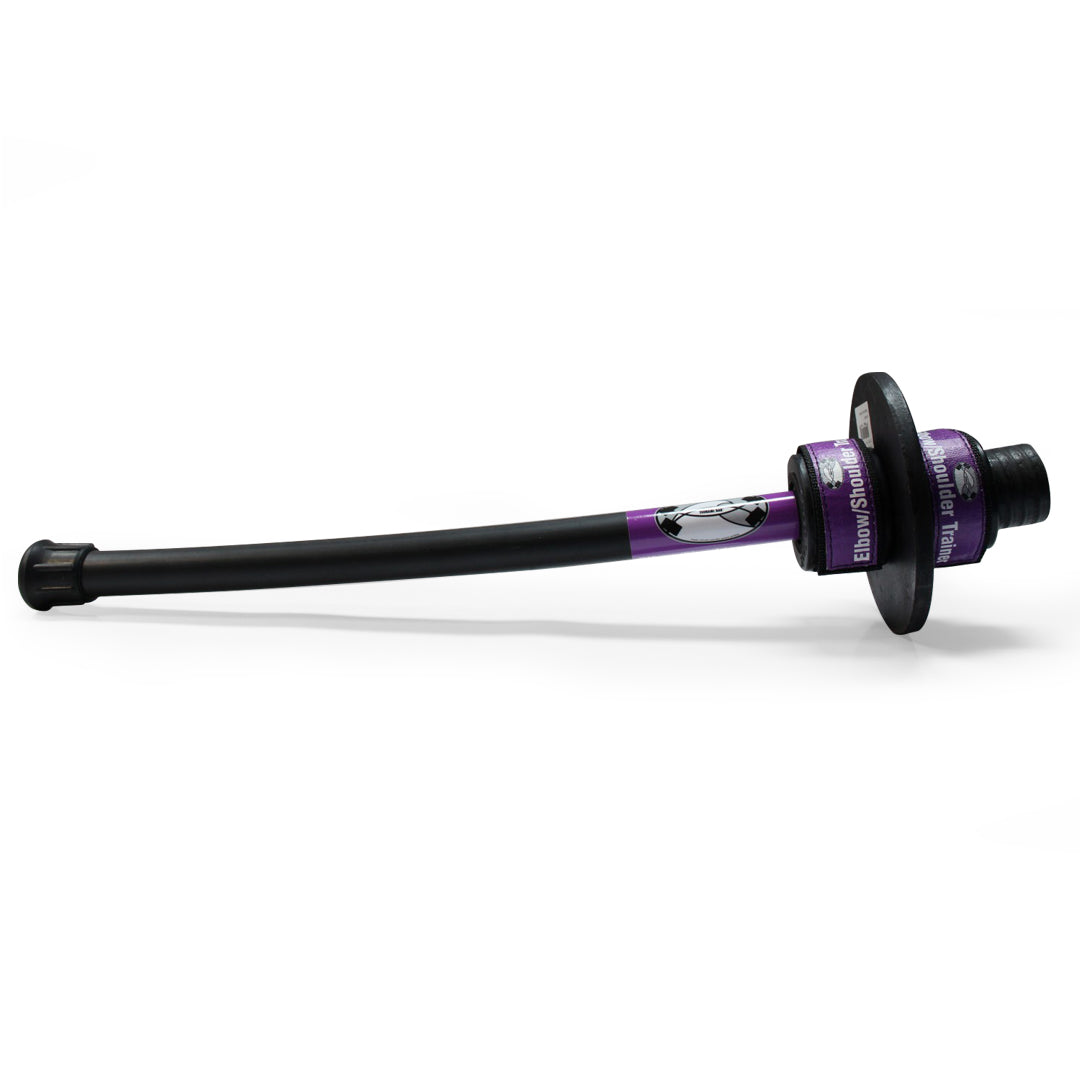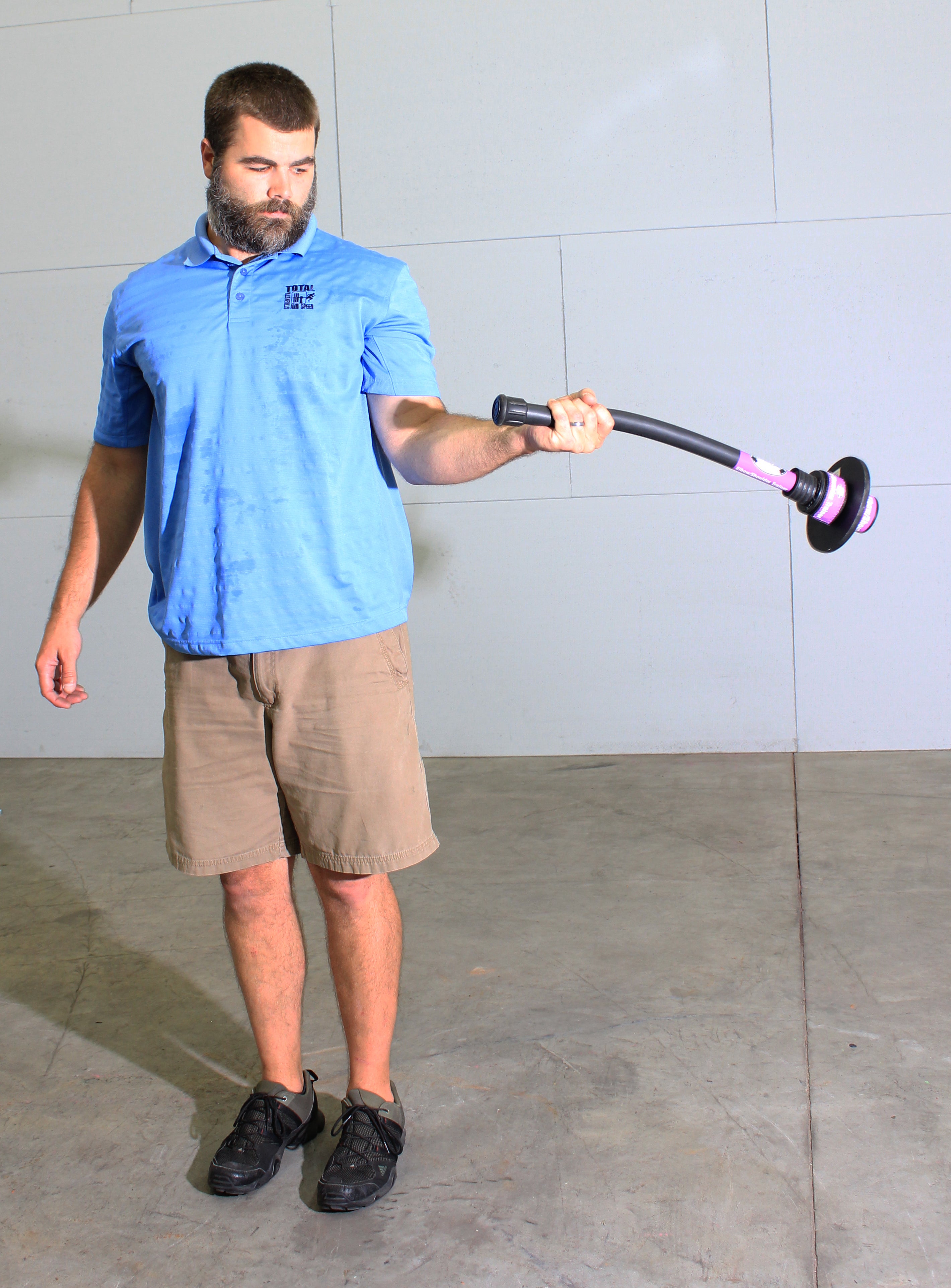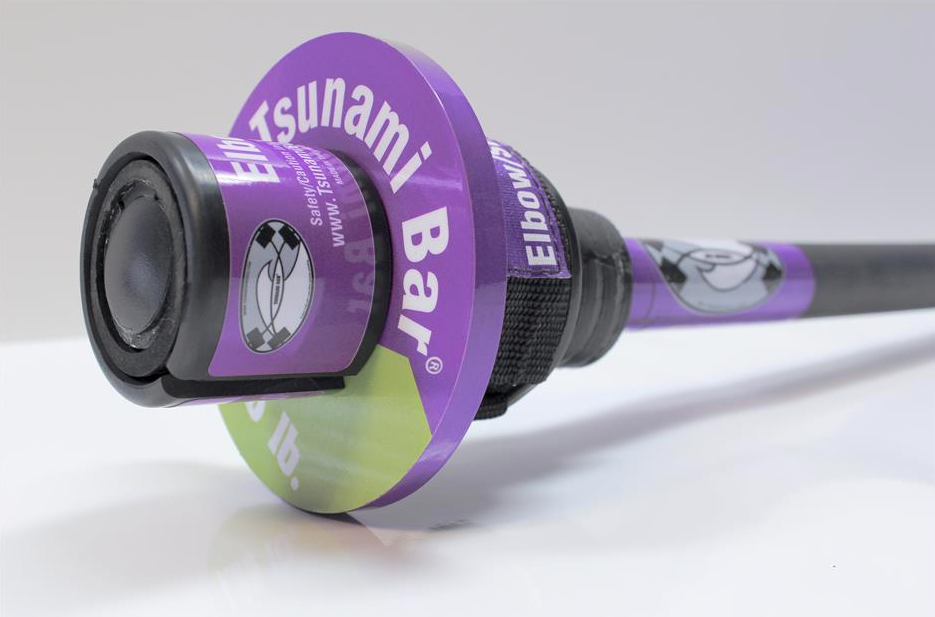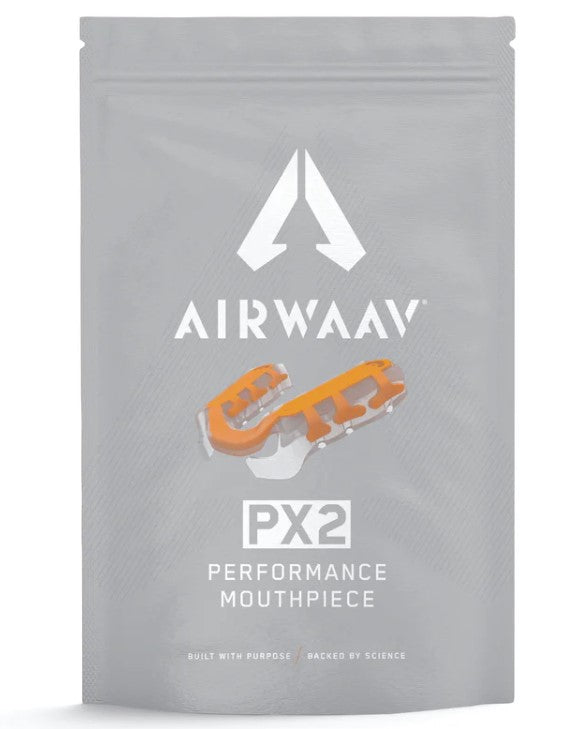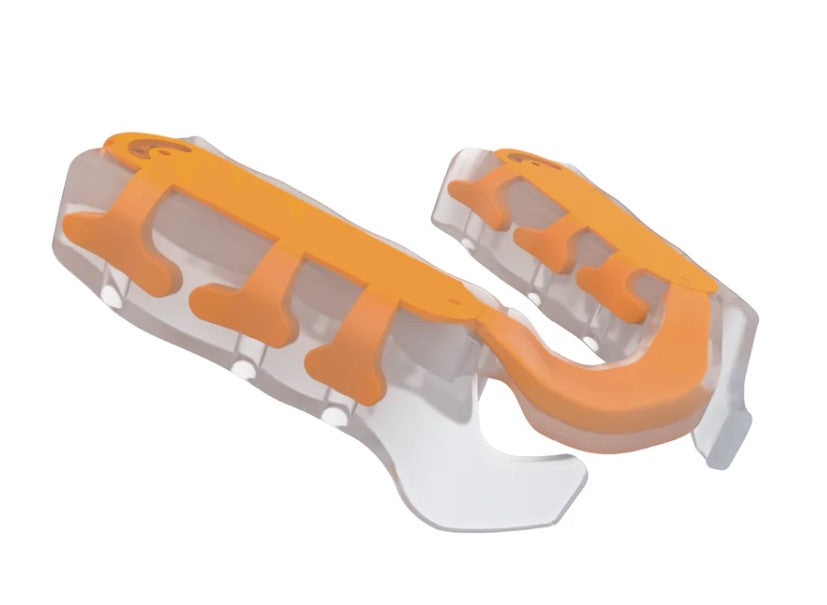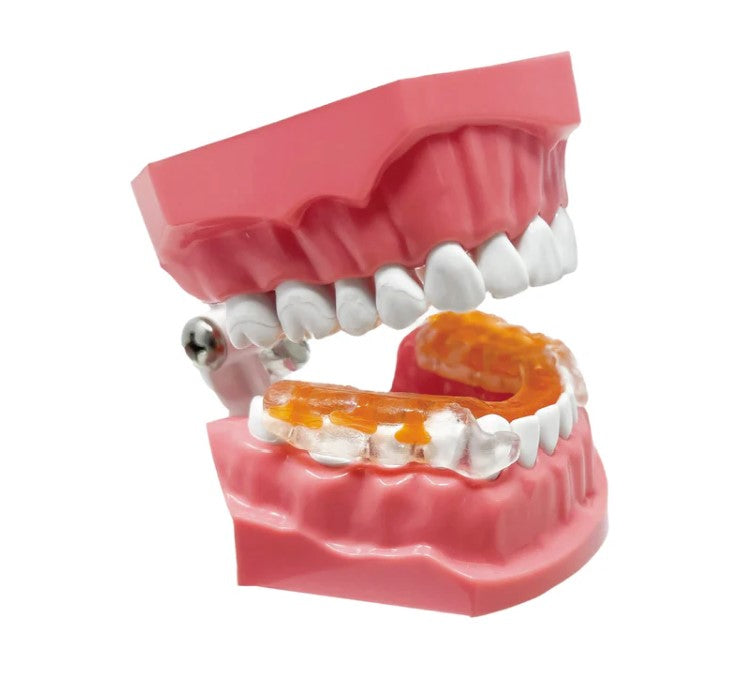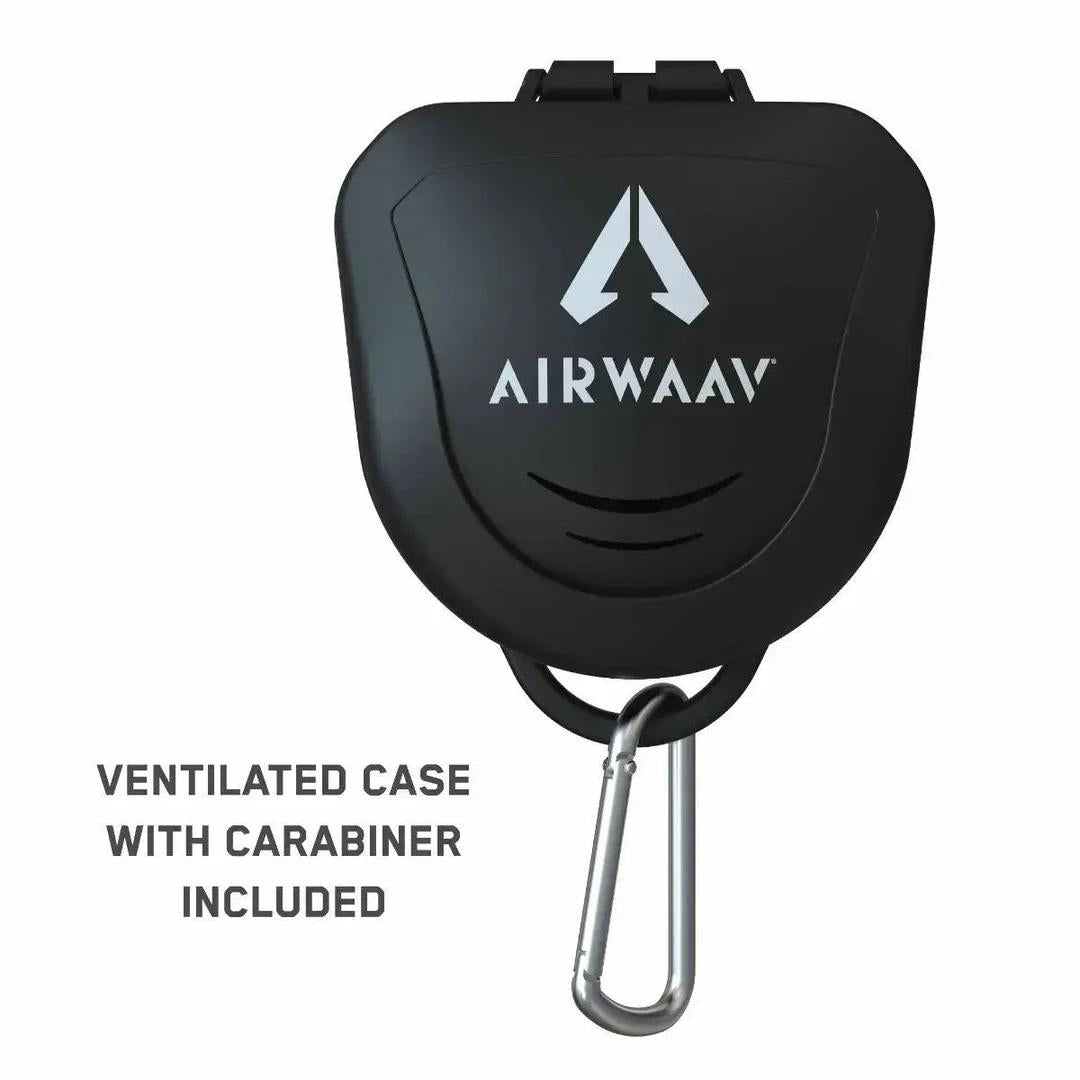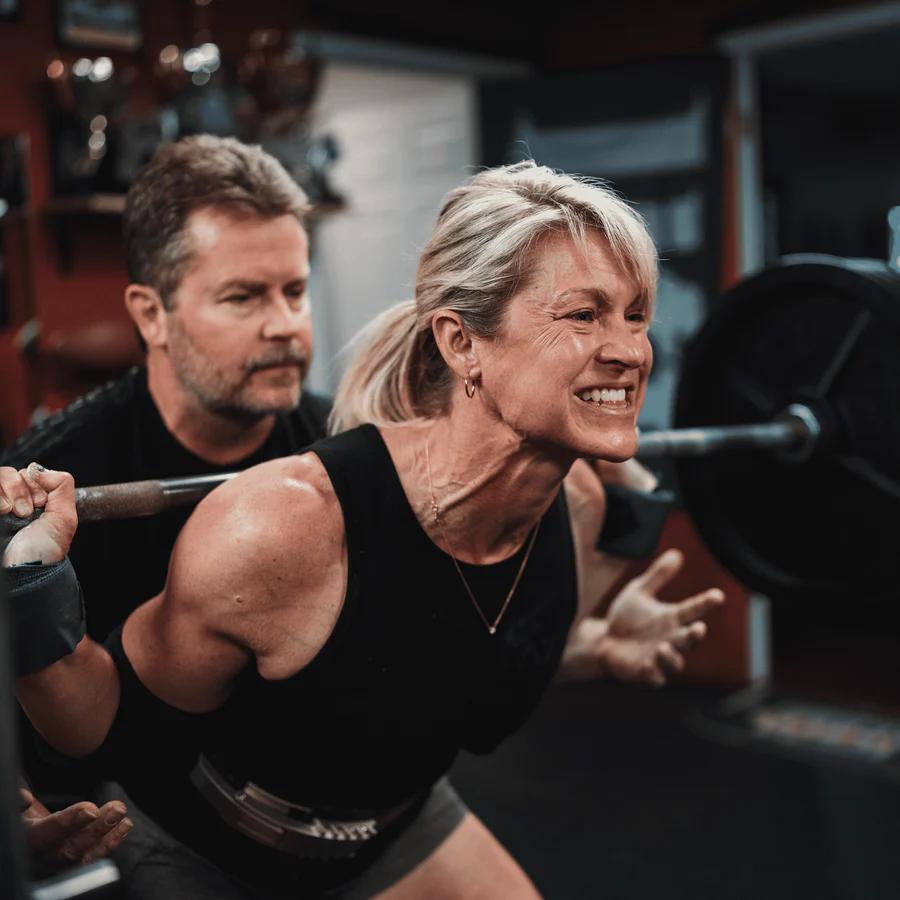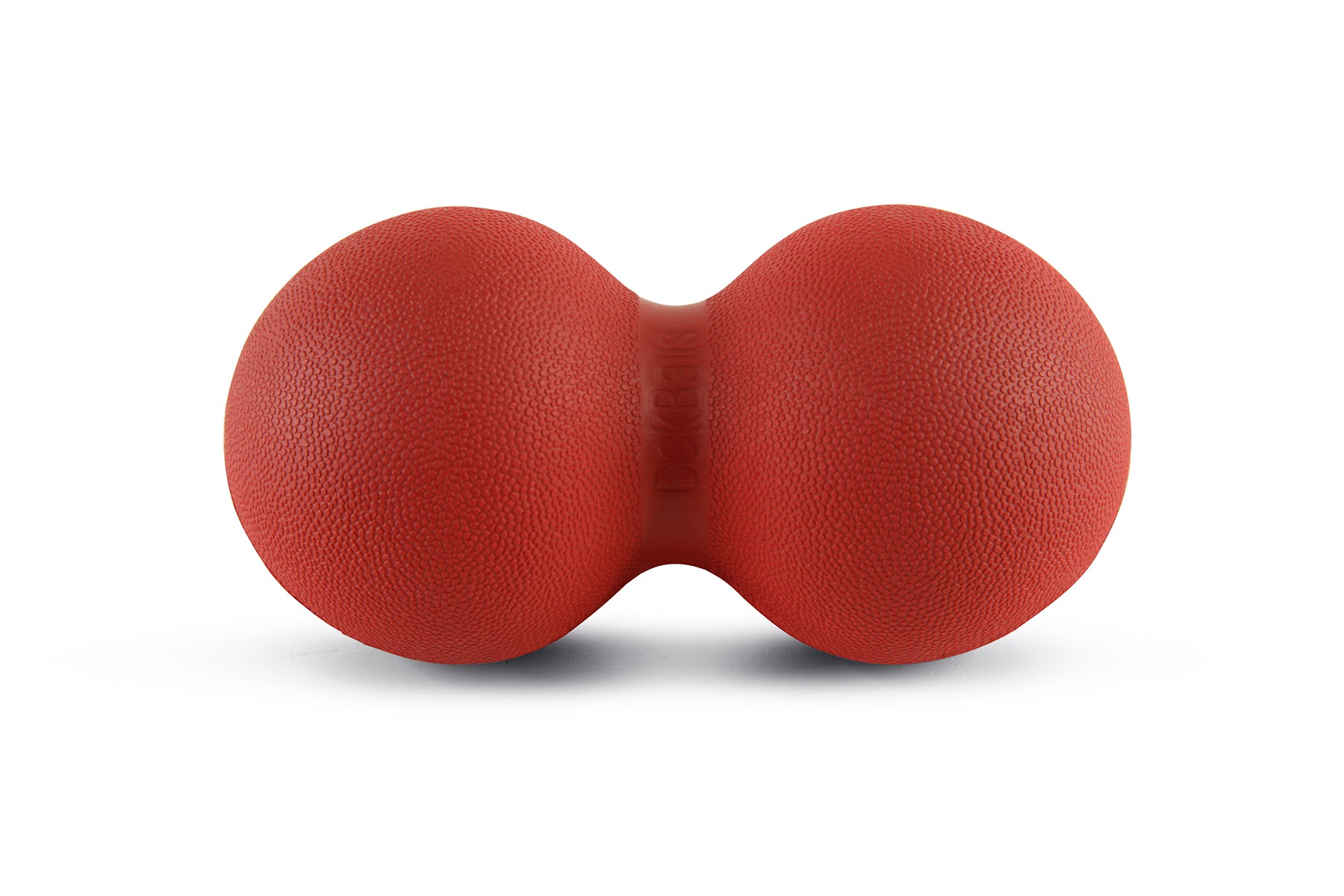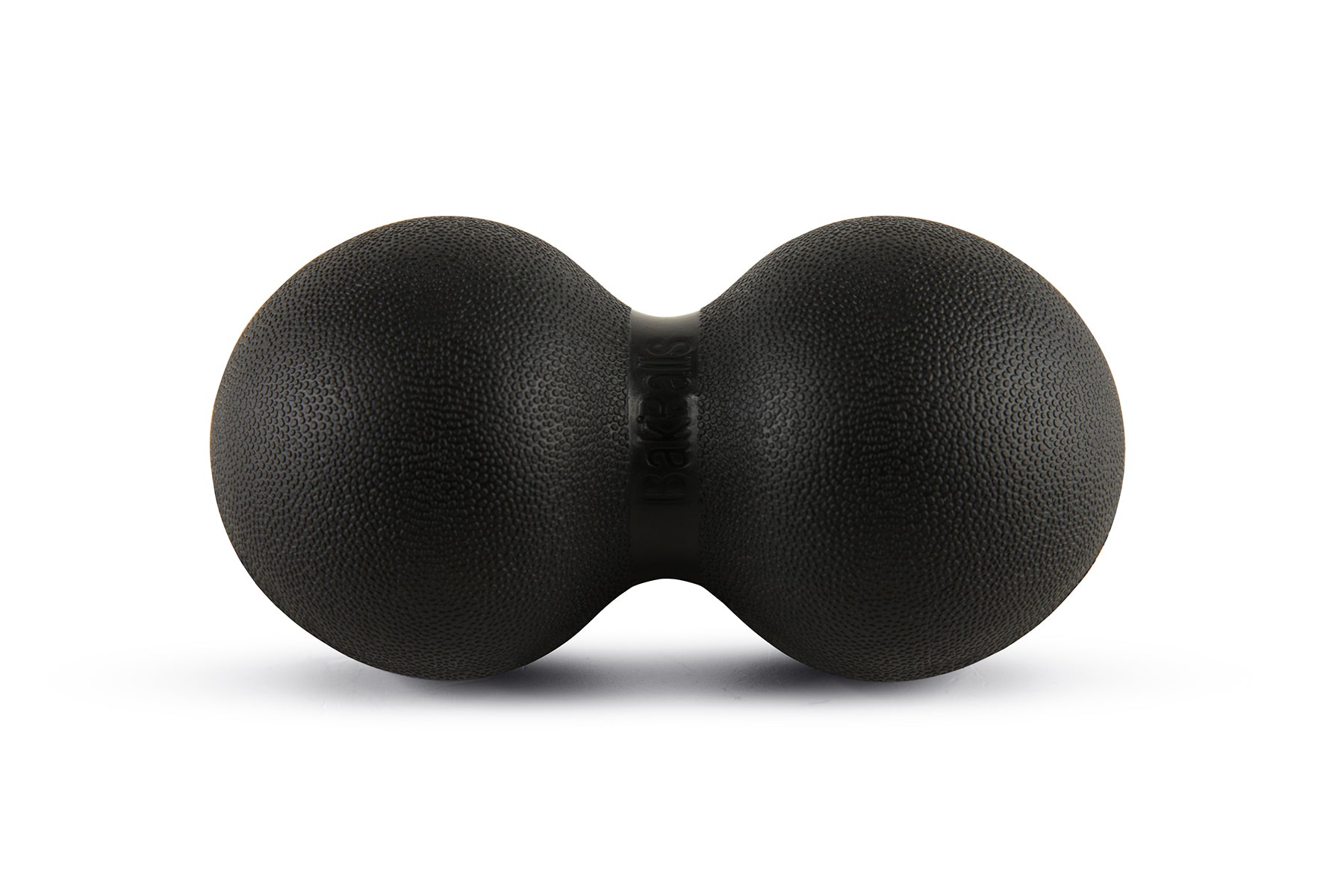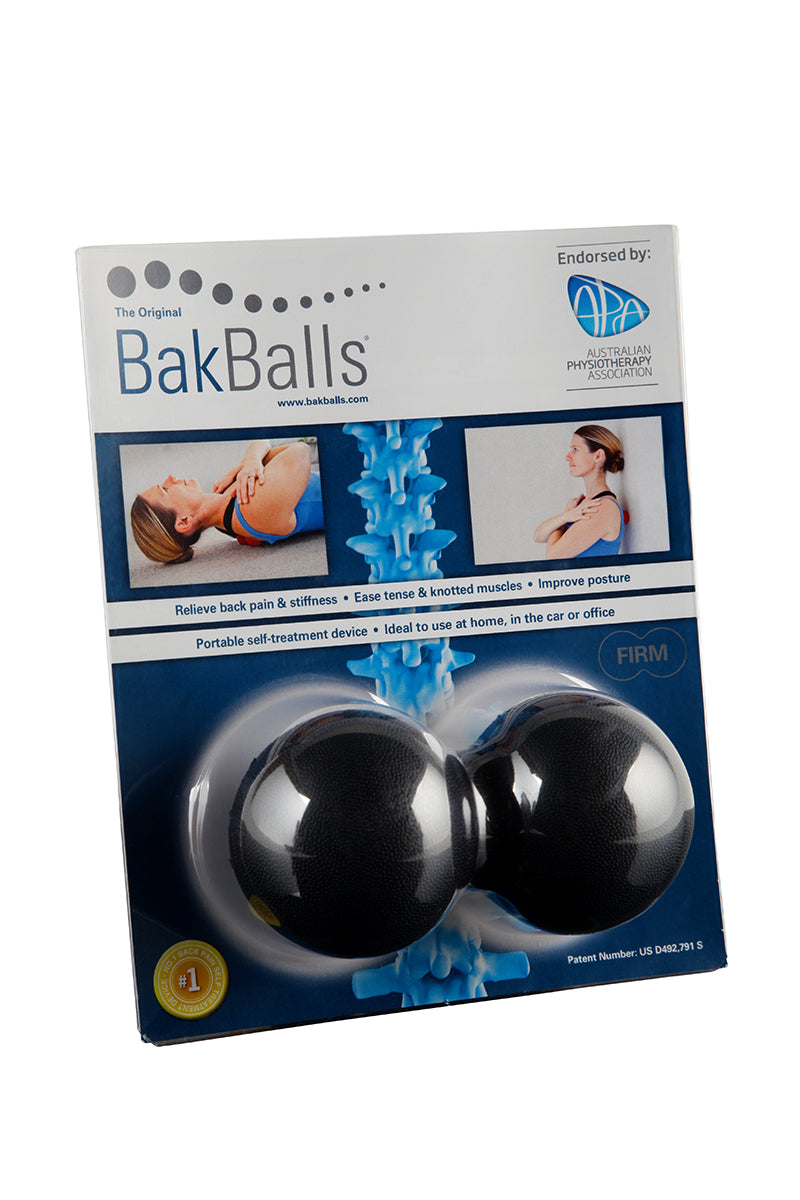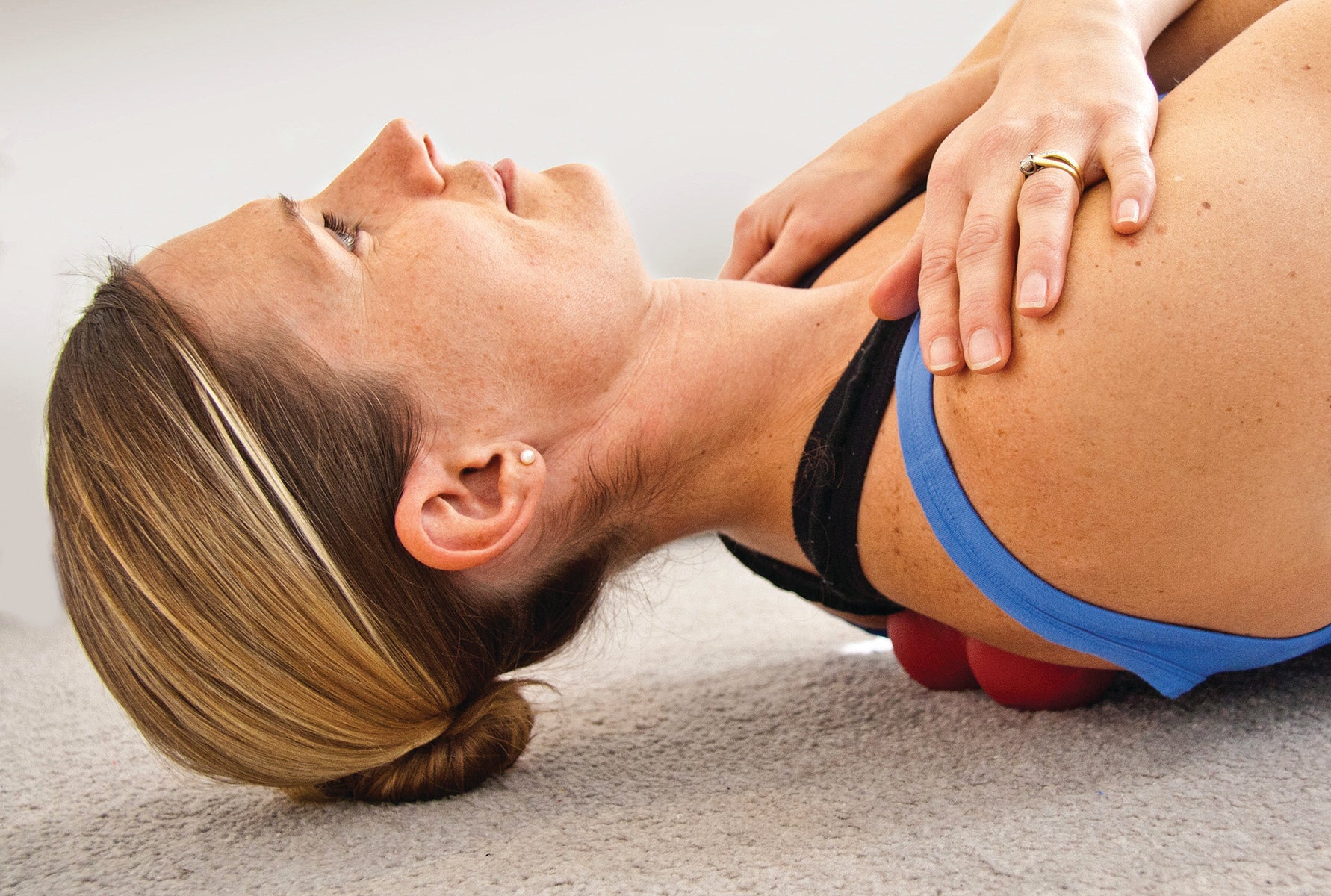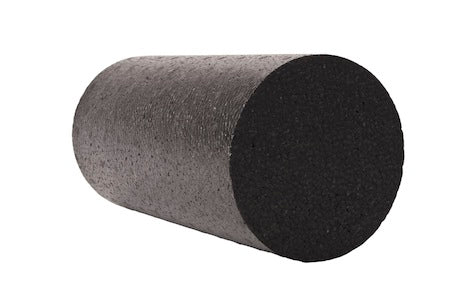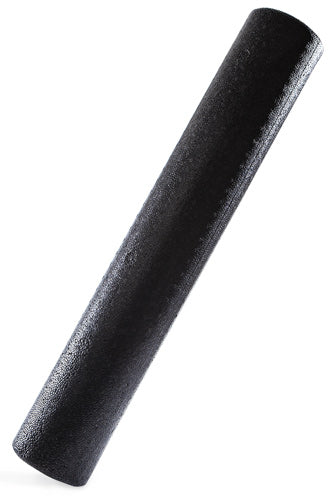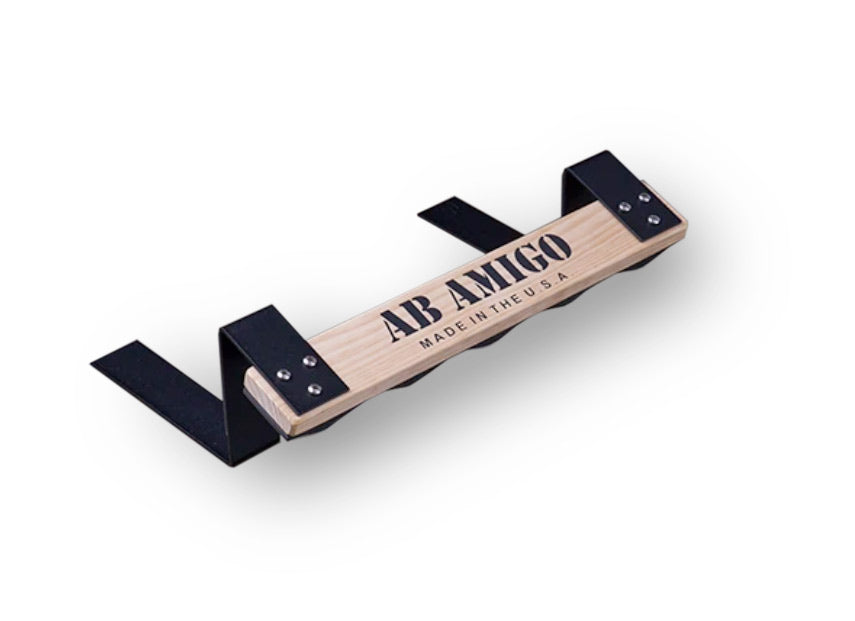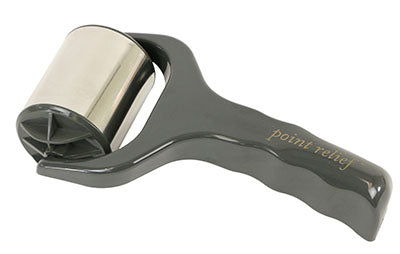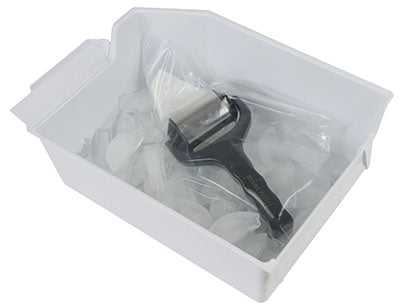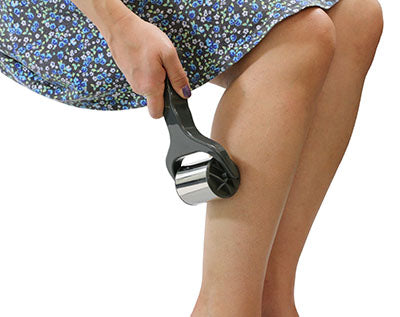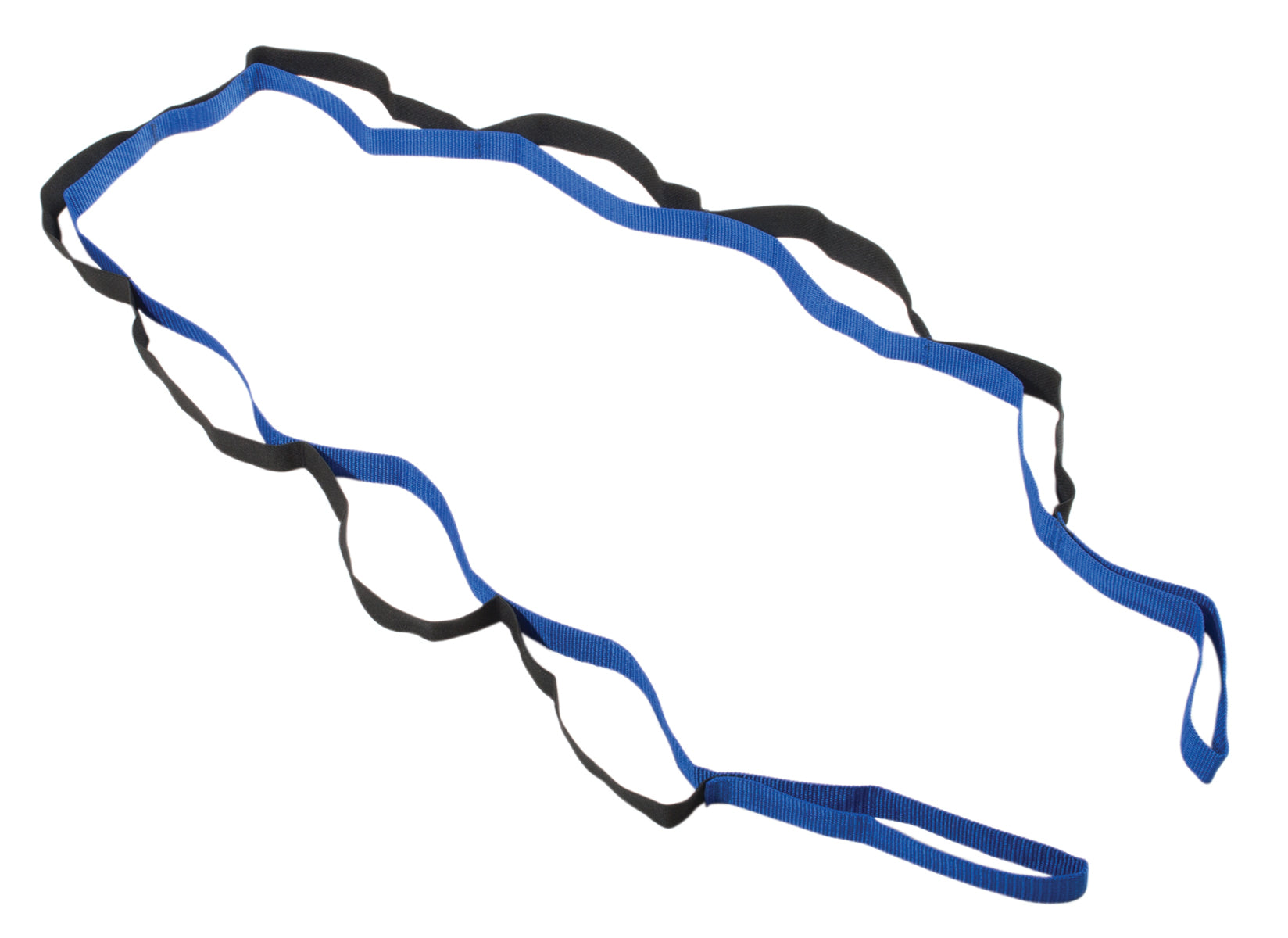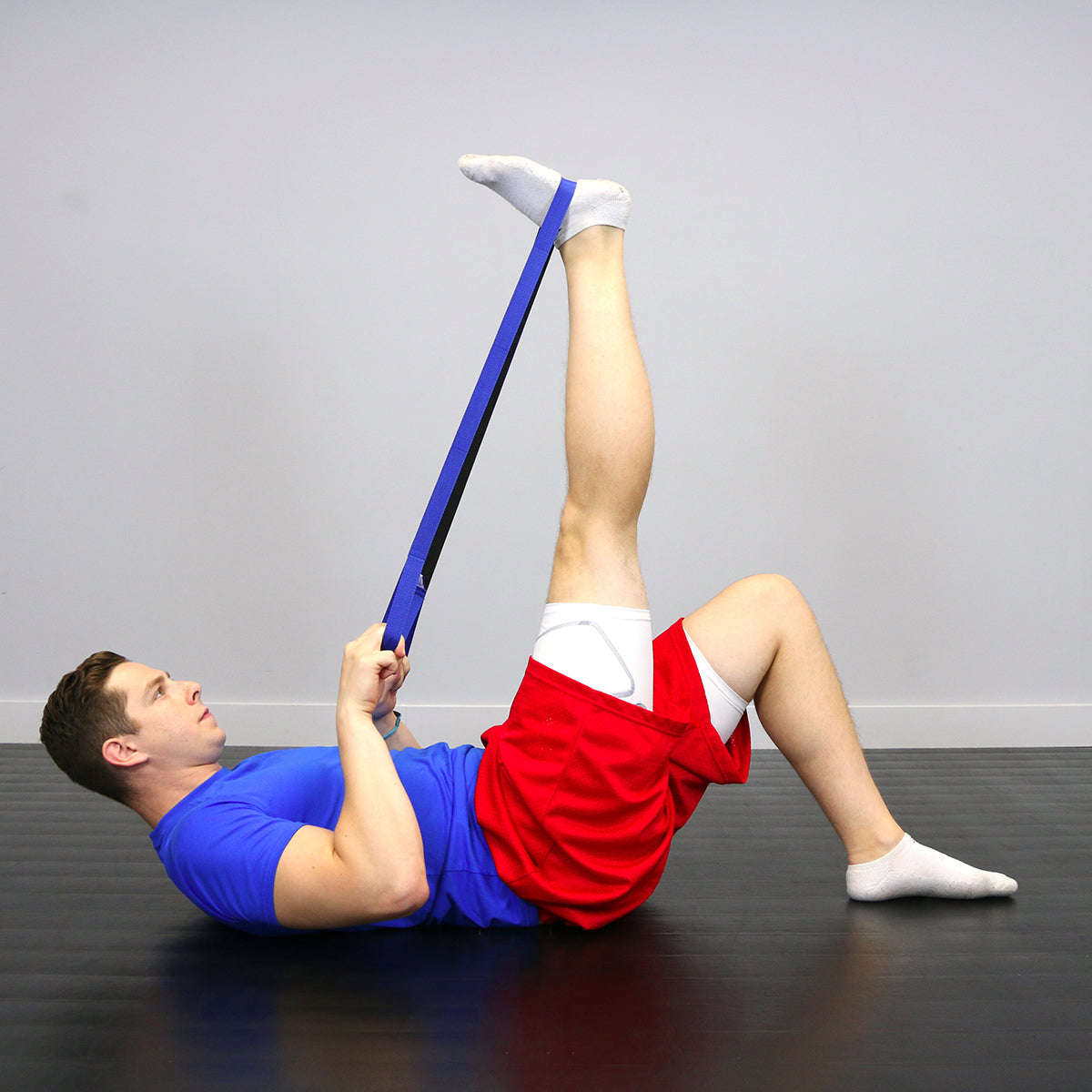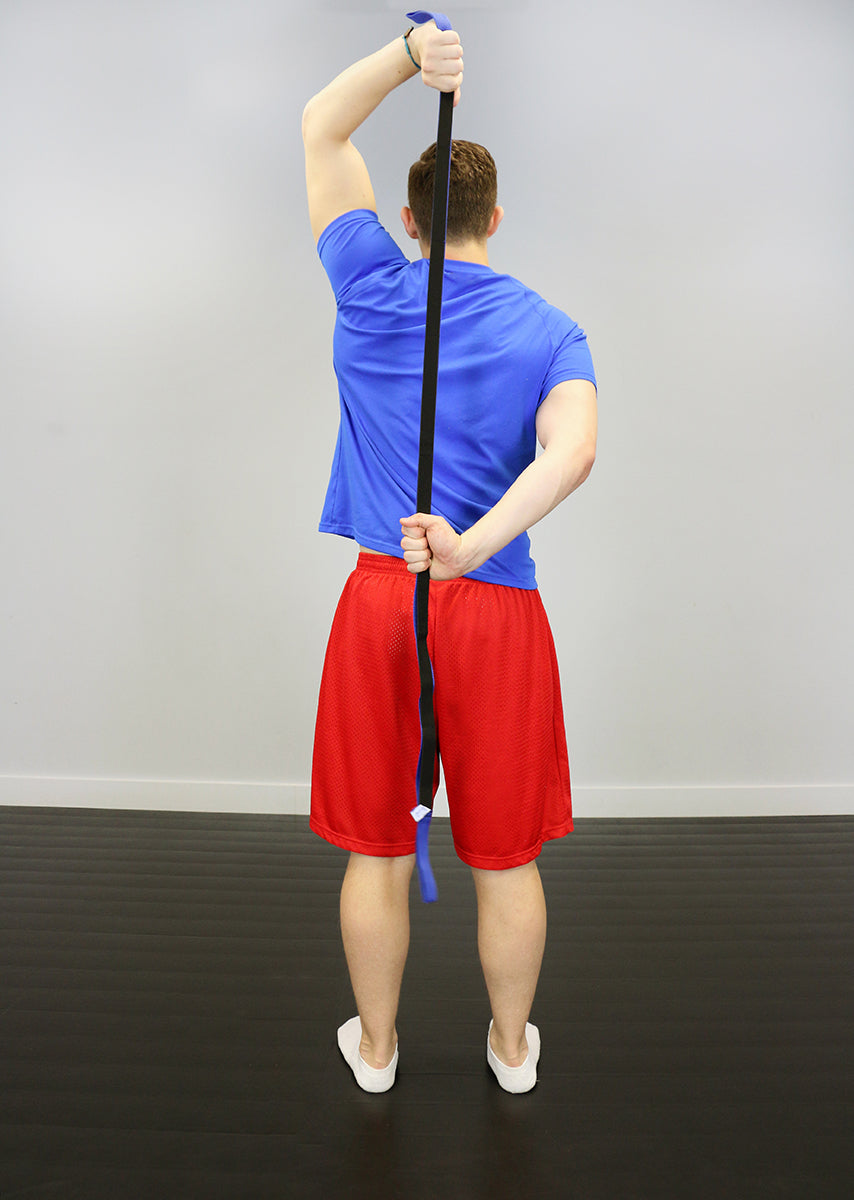Everybody has heard EMS is used for rehabilitation. However, few heard it can be used to help training, and recover from demanding training and races. Very few know how to do it.
What EMS Does - How it Works
The brain sends electrical impulses through the nerves to obtain voluntary muscle contractions. EMS mimics these impulses, and acting on the same nerves innervating a muscle, triggers an involuntary contraction. Because our muscles are composed of different types of fibers - slow twitch and fast twitch fibers - EMS electrical impulses can trigger different types of contraction. By harnessing these differences EMS machines can tweak muscle work toward slow twitch or fast twitch work. Thus muscles can be fine tuned for specific goals: development of force; development of endurance; accelerate recovery from strenuous training; avoid next-day muscle soreness. EMS is not simple and has to be done correctly. Using a professional machine, the correct stimulation programs, and consulting with a coach with experience in EMS are the ingredients. If any ingredients is missing, there will be no results. This is the reason why there are many skeptics.
Sport Applications
Sport medicine studies* show force gains, change in the proportion of slow twitch vs fast twitch fibers, and other goals that EMS can accomplish**. The programs used are distilled and properly labeled for use in modern EMS machines. Periodization is best decided with a coach who has EMS experience.Active Recovery is an EMS program several times more effective at promoting blood flow, than traditional massage. It helps remove the byproducts of exercise: metabolites and breakdown of proteins that cause inflammation and next-day soreness.*** The advantage is that by decreasing next-day muscle soreness, the athlete will be able to avoid skipping days.
* Swimming, track and field, weight lifting, basketball, volleyball, ice hockey, rugby.
** Results are obtained after six to eight weeks.
*** Very recent sport-medicine studies have shown that EMS Active Recovery programs are more effective than other forms of recovery. 1. Tessitore A, Meeusen R, Cortis C, Capranica L. Effects of different recovery interventions on anaerobic performances following preseason soccer training. J Strength Cond Res. 2007;21(3):745-50.


